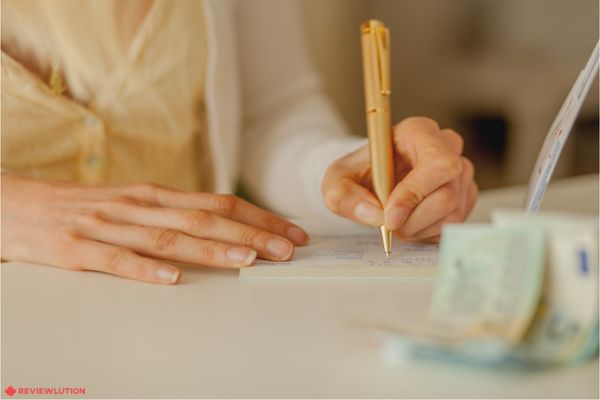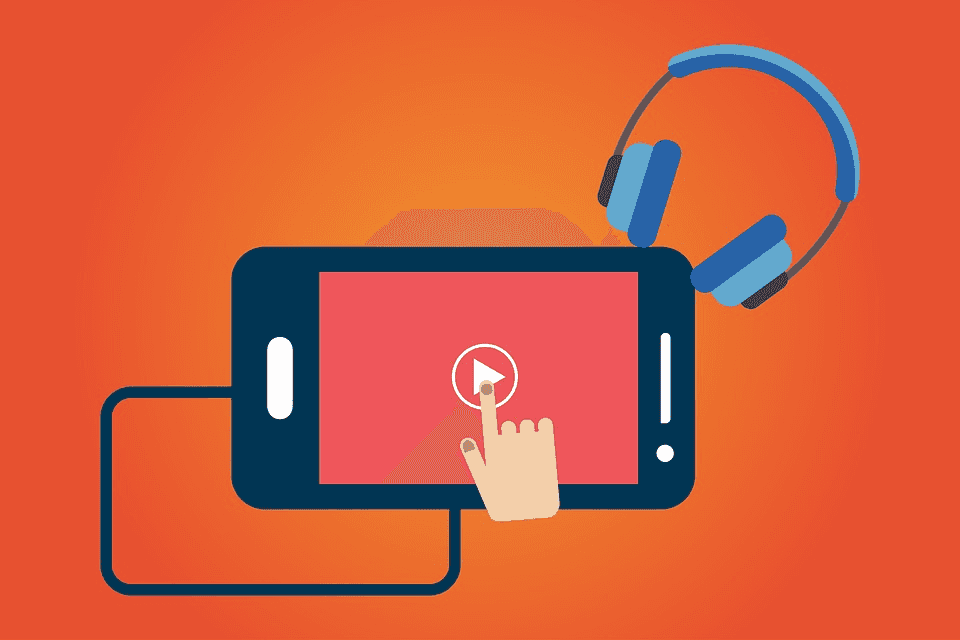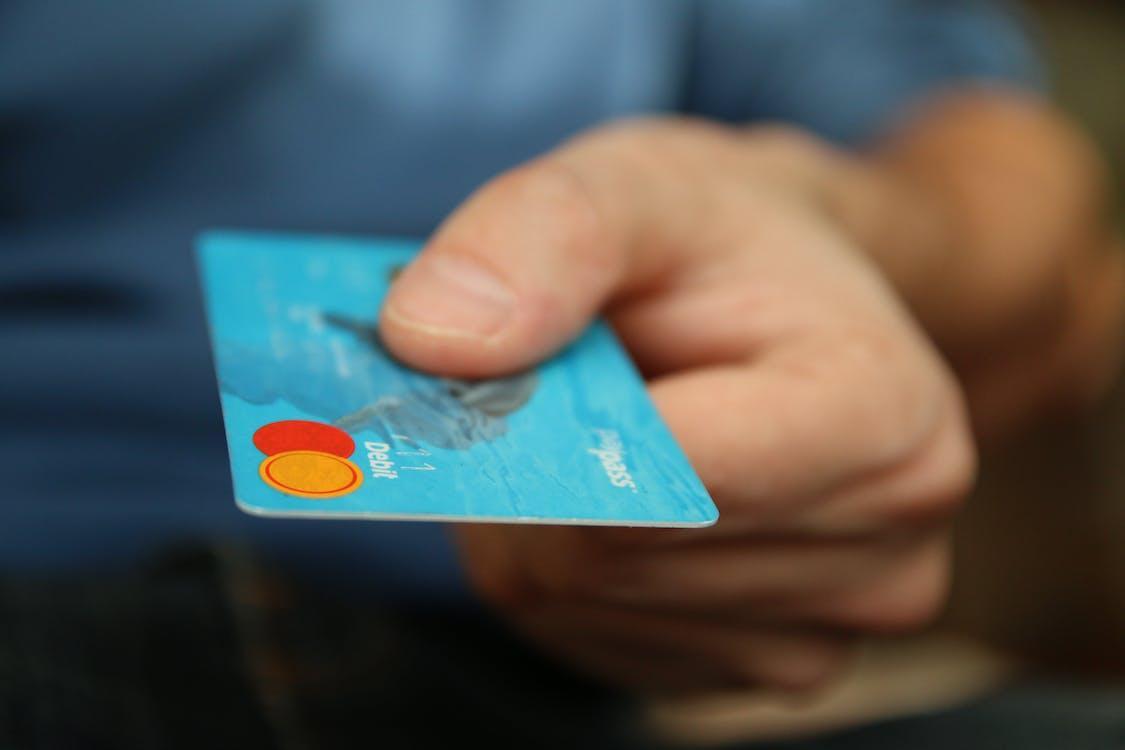Can You Write a Cheque to Yourself?
Even though it might seem strange for one to write a cheque to themselves, It’s a simple and practical solution when you want to move your money from one bank account to another.
But can you write a cheque to yourself without any legal consequences? If you have ever wondered if it’s possible and want to know how to do that, you’ve come to the right place.
This article covers everything you need to know on how to write a personal check, the reasons to do so, as well as alternative payment methods and answers to the most common questions.
Let’s begin!
Can You Write a Cheque to Yourself?
Writing a check to yourself is possible, and it’s completely legal if you have the funds. You just need to write it correctly and cash it out at a bank, ATM or any other place that allows this option by using your credit or debit card.
Why Should You Write a Cheque to Yourself?
There are several reasons why writing a cheque to yourself is a good idea.
- Your bank is closed: Let’s say you want to send money, but the bank where you have an account is closed at the moment. You can do that through another bank without having an account there.
- Faster cashout: If you write a cheque to yourself, you can cash it out the same day.
- Easy money transfer between accounts: If you want to open an account at a different bank, or if you’re going to close one of your existing accounts and transfer your money to another account, then writing a cheque to yourself is a beneficial method.
- No access to an ATM: If you can’t access any ATM at the moment, writing a cheque is an excellent alternative. It’s also a great option when you withdraw a large amount since ATMs have a cash withdrawal limit.
Requirements for Different Types of Accounts
Let’s check out the requirements for writing a personal cheque depending on your account.
Business Accounts
You can use your business account to write a cheque to yourself. To do so, banks require you to have the authority to endorse a cheque from your business account (signatory authority).
Namely, the process of writing a business cheque is the same as for a regular cheque. It can be handwritten or printed, but the cheque itself might have some additional features like:
- Larger memo section
- Larger Payee line
- Two signature lines
Finally, the business cheque needs to contain your name, address, and logo.
Joint Accounts
A joint account has the same features as any other bank account held by one person. However, when writing a cheque using a joint account, the bank needs to verify the identity of both parties.
You fill out the check as usual, and unless stated otherwise, both holders can make transactions and write a personal check to themselves without each other’s consent. Although only one signature is enough when endorsing the cheque, some banks might require both holders to endorse the cheque before a bank employee.
How to Write a Cheque to Yourself?
So now that you know you can write a personal cheque, let’s go over the practical steps to do it correctly.
Step 1: Write a Date
Write the date at the top right corner of the cheque. Ensure that the date you write corresponds with the date you are filling out the cheque.
Step 2. Enter the Payee’s Name
Upon filling out a cheque, you will see a section named “Pay to the order of”, where you must put the name of the person or the company to whom it is written. But because you are writing it to yourself, you can enter your name.
Step 3. Write the Amount in Numbers
Next, enter your desired amount next to the dollar sign on your cheque. When writing the numbers, always add two decimals for the cents. Assuming you want to pay yourself $500 and 10 cents, you should write $500.10. If you write $500.10, the amount would be considered incorrect.
Step 4. Write the Amount in Words
Under the payee’s name, write down the amount in words. For instance, in the example above, the correct entry would be “Five hundred dollars and ten cents”.
Step 5. Sign the Cheque
Once you have filled in the cheque with the required information, you need to sign it to be considered valid. You’ll find the signature line at the bottom right corner.
Step 6. Memo
In the memo section, you can write a short description or a note regarding the payment. For example, you can write “Rent payment for April” as a reminder of why you wrote the cheque. Additionally, knowing the payment reason can help your accountant deal with the transaction properly.
Read More: How to Write a Void Cheque?
Alternative Payment Methods
You can choose from various alternative payment options if you’re still hesitant about using cheques to send money in Canada.
Online Apps
Users often choose digital payment apps as an alternative to the traditional banking system to simplify their lives.
Online apps are a cheap, secure and quick way to access your funds if your bank doesn’t offer a transfer method to move your money. They also provide personal data protection, while some even have encrypted transactions and 24/7 fraud monitoring to keep your money safe.
Credit, Debit, or Prepaid Cards
Other payment methods you can use instead of cheques are credit, debit, or prepaid cards. The best thing about these cards is that you can use them for offline payments, in addition to them being safer to carry around than cash.
Automatic Monthly Payments
Did you know that you could set up monthly payments to be collected from your bank account? In this case, funds are automatically withdrawn from your account and sent to a vendor or a client. This is a convenient method for payments like rent or utilities.
Mobile Cheque Deposits
Mobile cheques are a new payment method where users can deposit a cheque by taking a picture of it. Various Canadian banks have introduced this method for depositing cheques electronically.
Further reading: What is a Certified Cheque?
What if I Have No Money in My Account?
You can still write a cheque to yourself, even without having enough money in your account. Technically, the bank lends you money with you being the endorser. Here’s how the process works:
- The bank issues you a cheque with the desired amount.
- You fill in the cheque as you would regularly and pay for the service.
- You’ll need to endorse the cheque on the back before you can deposit it in your account.
- The bank sets up a specific date by which they should be able to refund the money from your account.
- You will be charged fees if your account doesn’t have the required balance by then.
Keep in mind that the act of knowingly writing a cheque is called “cheque kiting”. This fraudulent, illegal practice gives people access to non-existent funds and can bring some serious consequences.
Conclusion
Cheques are a safe way to send money at no cost. You can pay yourself from your business or deposit funds from your joint account. Whatever the occasion is, cheques are still a valuable payment method, and it’s helpful to learn how to write them.
FAQ
Cash it at your local bank, credit union, gas stations, Walmart, and grocery and check-cashing stores. Just simply pay by using your debit or credit card. You can also use your debit card to withdraw cash at the ATM.
Although there is no limit on the deposit amount, the bank must report any transaction higher than $10,000.
Your issuing bank lends you the money, but you need to verify that they will be able to refund it from your account after the due date.
It’s perfectly legal to write a cheque to yourself. Nevertheless, you must ensure you have enough funds to back up the transfer. Otherwise, you will be charged a fee or find yourself in some legal trouble.







